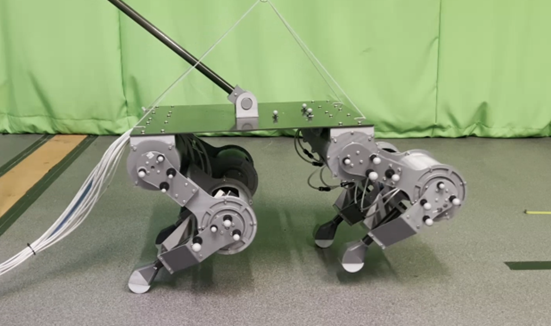Robots for Extreme Environments
In the domain of Robotics for Extreme Environments, our primary research focus centres on robots designed for nuclear environments, with the Centre for Advanced Robotics @ Queen Mary (ARQ) being an integral part of the Birmingham-led National Centre for Nuclear Robotics (NCNR).
Our innovative approach involves the development of soft robots known as "eversion robots," crafted from fabrics capable of growing from the tip to lengths of tens of meters while achieving multiple degrees of freedom bending. These compliant robots interact safely with their environment, demonstrating excellent manoeuvrability through narrow openings and pipelines. Precision control techniques have been devised for their motion. Additionally, we've created collapsible fabric-based grippers weighing under 100g with a payload capacity of 100N, enhancing grasping capabilities. Our underactuated gripper, driven by tendons, offers increased manoeuvrability, particularly beneficial in nuclear power plant applications.
To provide sensory feedback, we are pioneering low-cost bending sensors based on optical fibres, embedded into soft robots and grippers. These sensors enable remote readout electronics placement, enhancing the devices' lifespan in contaminated areas. We're also developing robot manipulators embedded with tactile and optical proximity sensors for intelligently detecting structural degradation, such as cracks in nuclear plants.
In the realm of autonomous robotic grasping, we're advancing vision-based algorithms for diverse object grasping and manipulation. Our translational efforts include a benchmark study of existing algorithms and a software framework facilitating the integration of different manipulation hardware with control algorithms. This framework proves instrumental in designing robotic systems for safely handling and disposing of nuclear material.
A noteworthy project involves the development of a millimetre-wave radar system for locating objects and robots in hazardous industrial environments, complementing optical data by penetrating steam, smoke, and debris. This initiative employs traditional radar signal processing and novel machine learning methods, demonstrating the fusion of optical and radar data for improved spatial calibration.

Quadruped robot

